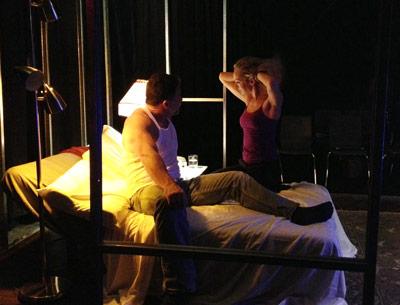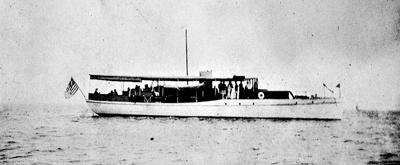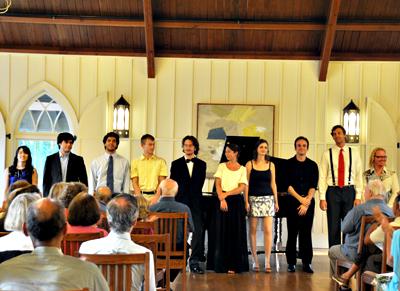Guestwords: The 7-Eleven or Erewhon
Guestwords: The 7-Eleven or Erewhon
You read all the handouts with pictures of celebrities and society couples, the benefits and political fund-raisers (most recently one for the Clinton Foundation punctuated the summer season) at Tom Colicchio’s new restaurant, Topping Rose House. And then there are the normal covens of notoriety, the Artists and Writers Softball Game, Nick and Toni’s, and the bastions of old-line privilege like the Maidstone Club.
What you tend not to read about are watering holes like the 7-Eleven in Southampton, which, as one case in point, has its own crowd of regulars who get the same special greeting afforded by the maitre d’hotel at more auspicious establishments. It’s not hard to get a table at the 7-Eleven in Southampton, or a 7-Eleven anywhere, simply because there usually aren’t any.
So cognoscenti driving along 27 on a crowded weekend are increasingly finding the 7-Eleven to be the perfect stopping-off place, if you’re looking for a three-pack of chocolate-chip or oatmeal cookies, some unripened bananas, or one of the very ripe hot dogs that have been turning on its grill for hours. As mouthwatering as these specialites de la maison may seem, they’re nothing compared to the friendly service and convivial companionship that’s to be found at this unheralded gem of a convenience store.
You don’t have to be Bill Clinton to get a hot dog at the 7-Eleven (though in the days when he was a fast-food lover, Bill was almost a computer printout of the customer 7-Eleven was marketing to), and where the 7-Eleven beats redoubts like Nick and Toni’s and the Palm is the fact that its casual atmosphere is free from social pressure (though of course if you’re feeling ambitious you can always drive down to Aquebogue and attend an outlier like the Modern Snack Bar, where you don’t have to have the trappings to get a great piece of duck with all the fixin’s). You can collect your Diet Coke, root beer, or Sprite from the 7-Eleven’s amply stocked refrigerated section and find friendly conversation with the small coterie of men and women who cluster outside with their takeout coffee, not having to worry about who you are talking to or who you’ll be seen with.
There is no power-breakfasting inside or outside 7-Elevens. It’s probably not something that’s stated in any of the documents accompanying the franchise, but it’s a de facto state of affairs that’s almost guaranteed.
The same cannot be said of establishments like Bridgehampton’s Candy Kitchen, once a user-friendly hangout for locals and even the most anonymous of tourists, which now has the same lack of pretension as the Fountain Coffee Room at the Beverley Hills Hotel.
The 7-Eleven is a home away from home for those who are tired of being vetted for talent or appearance. It’s almost like Marx’s vision of the classless society — though it’s definitely not the dictatorship of the proletariat since it’s owned by a Japanese conglomerate, Seven & i Holdings, the fifth-largest retailer in the world. However, as a polity it’s the closet thing to working anarchy. Whatever you may think of the food, you don’t have to worry about your position on the food chain.
Sure, you can hang out at the 10 Items and Under line at King Kullen, another gathering spot that’s off the beaten track for those seeking a change of pace after a weekend of frantic social climbing, but there’s a reason why 7-Eleven is called a convenience store. It’s convenient. It’s open 24 hours a day and it’s everywhere. Erewhon was the name of Samuel Butler’s elusive utopia. It’s almost “nowhere” backward, but the 7-Eleven is an example of a utopia that sets the bar low enough to exist.
Francis Levy is a Wainscott resident and the author of the comic novels “Erotomania: A Romance” and “Seven Days in Rio.” He blogs at TheScreamingPope.com and on The Huffington Post.



